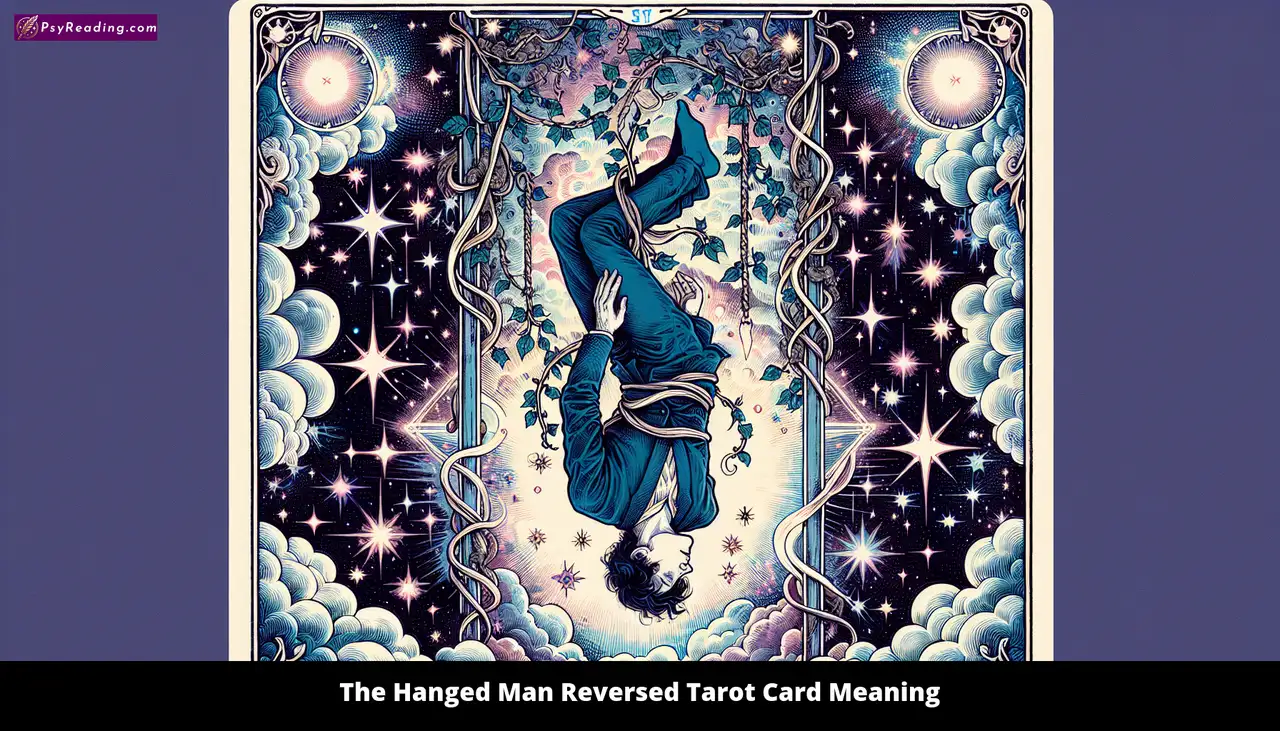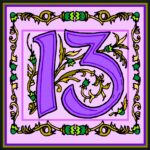The Hanged Man, as depicted in tarot, is a card replete with symbolism and layered meanings. When reversed, the Hanged Man presents a fascinating juxtaposition of potentiality and stagnation, particularly when examined through a Christian lens. This exploration is essential, given the card’s significance in the overarching narrative of sacrifice, redemption, and divine purpose.
To understand the reversed Hanged Man, one must first recognize its traditional associations. The upright position evokes themes of surrender, patience, and a willingness to relinquish control in favor of divine guidance. In Christian theology, this resonates with the idea of self-sacrifice, mirroring the journey of Jesus Christ, who exemplified submission to God’s will, thereby achieving redemption for humanity. However, the reversal of this card transforms its meaning, introducing elements that diverge from virtuous passivity.
In a Christian context, the reversed Hanged Man may denote a failure to embody the virtues of patience and submission. It reflects resistance to divine will and the rejection of necessary sacrifices. Observers might note that this card, when reversed, embodies the struggle against spiritual evolution, portraying an individual who is clinging too tightly to worldly desires. This dynamic often manifests in the church-goer who grapples with the dichotomy between spiritual aspirations and earthly temptations, resulting in a spiritual stagnation or decline.
Furthermore, the reversed position of the Hanged Man uncovers deeper reasons for fascination within the Christian perspective. At the core lies the idea of forsaking spiritual growth. This card can symbolize individuals who resist personal transformation; they cling to familiar struggles, perhaps even disillusioned by the path they have walked thus far. Such resistance is multi-layered. It may stem from fear, pride, or the allure of sin, resonating profoundly with scriptural teachings about the nature of temptation and the importance of humility.
One might ask, what does this resistance yield? The reversed Hanged Man often heralds a period of indecision and a sense of being lost. Within Christian teachings, this echoes themes evident in the story of the Prodigal Son. The son, who initially resists his father’s guidance and squanders his inheritance, eventually faces the stark reality of his choices. This narrative illustrates how moments of spiritual turmoil can lead to profound self-reflection. Similarly, the reversed Hanged Man beckons individuals to confront their inner struggles, urging them back towards a path of reconciliation with divine purpose.
A fascinating observation arises from the notion of balance, or the lack thereof, introduced by the reversed Hanged Man. The world is replete with distractions, and Christians often find themselves torn between devout living and secular pursuits. This card poignantly highlights moments when one’s faith is compromised by external influences, perhaps indicating that the believer has unwittingly placed their faith in transient matters rather than divine promise. Acknowledging these challenges compels a person to reevaluate their priorities, urging a return to the essentials of faith.
Moreover, the reversed Hanged Man imparts a poignant reminder of the consequences of spiritual neglect. In Christian theology, spiritual fervor is paramount. The act of neglecting one’s spiritual journey can lead to a hardened heart, distancing the individual from their faith community and, ultimately, from God. This congregation of personal desolation resonates deeply in times of crisis, where individuals find themselves separated from divine solace. Such estrangement not only impacts personal well-being but can ripple through the community, as the vitality of one member often bolsters the collective faith of many.
As one navigates the complexities inherent in this reversed card, it is critical to acknowledge the potential for redemption. Just as the Hanged Man symbolizes a state of suspension, individuals are also afforded moments of grace and reflection. The card’s imagery serves as a beckoning call, inviting the individual to tread upon the path of forgiveness and understanding. A decision to evaluate one’s life through the lens of Christian teachings can provoke a transformative shift, empowering the believer towards positive action and spiritual revitalization.
The reversed Hanged Man thus serves as an enlightening lesson in accountability. As believers grapple with their neglect of spiritual duties, they are reminded of the importance of community and collective prayers. Engaging with a faith community can provide support, augment individual efforts to realign with divine will, and invigorate the shared spiritual journey. In essence, realization of one’s state can forge a renewed commitment, bridging the gap created by resistance and propelling one toward grace.
In conclusion, the reversed Hanged Man card offers rich symbolism and complex interpretations that can be deeply meaningful within the Christian perspective. Its resonance with themes of resistance, temptation, and spiritual neglect highlights a compelling narrative of inner conflict and the potential for redemption. By navigating these themes, individuals are encouraged to embrace transformation, reclaim their spiritual journey, and ultimately restore their connection to the divine. The exploration of this card thus remains an enduring source of fascination, probing the very essence of faith and the transformative power of surrender.








Leave a Comment